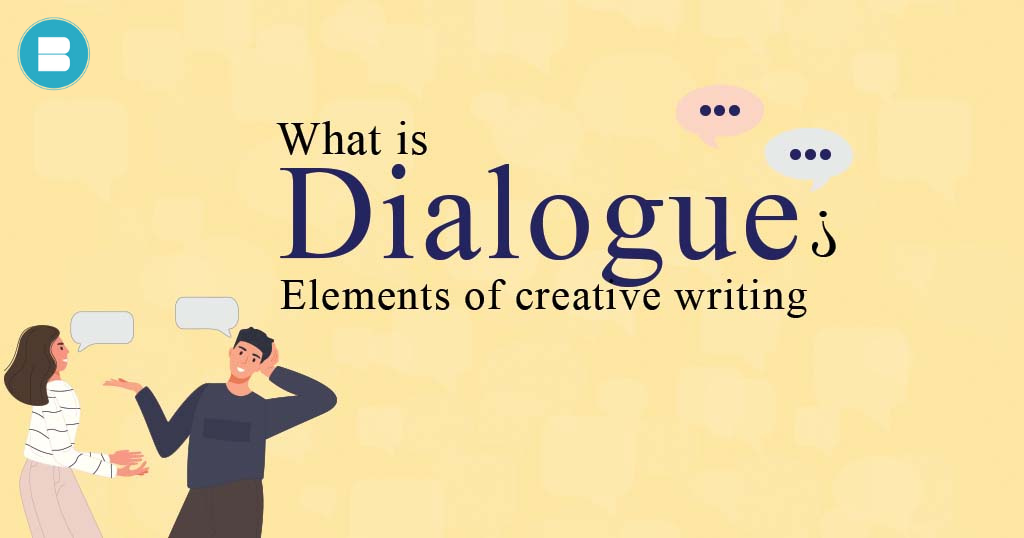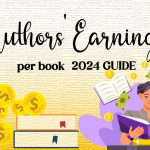People usually have a doubt what is dialogue? Dialogue is an artful expression in the literature that brings characters to life through spoken words. It serves as a medium of communication, unveiling their deepest thoughts, emotions, and motivations. With its power to advance the plot, establish relationships, and create tension, dialogue adds a dimension of reality to the narrative.
Dialogue can be written in several styles, including direct speech, indirect speech, or free indirect speech, and can be a mixture of them. It also varies in the form of the speech given by the characters, such as monologue, soliloquy, dialect, interior dialogue, and subtextual dialogue.
You may also like: What is Historical Fiction? Definition, Characteristics and Impact
There are several types of dialogues that can be used in creative writing. Here are some examples:
- Direct dialogue: This is the most common type of dialogue, in which characters speak directly to each other, usually using quotation marks. For example: “I can’t believe you did that,” she said.
- Indirect dialogue: In this type of dialogue, the writer summarizes what was said instead of using direct quotes. For example: She told him that she couldn’t believe he did that.
- Interior dialogue: This is also known as internal monologue, where a character’s thoughts are revealed to the reader. For example: “I can’t believe I did that,” she thought.
- Monologue: In a monologue, one character speaks at length, usually to an audience within the story or to themselves. For example: “To be or not to be, that is the question,” said Hamlet.
- Soliloquy: Similar to a monologue, a soliloquy is a speech given by a character alone on stage, revealing their innermost thoughts and feelings. For example: “Oh Romeo, Romeo, wherefore art thou Romeo?” said Juliet.
- Dialect: This is a type of dialogue in which characters speak in a particular regional or cultural accent or dialect. For example: “Y’all come back now, ya hear?” said the Southern farmer.
- Subtextual dialogue: This type of dialogue implies meaning beneath the surface and often has a hidden agenda. For example: “I’m sure you didn’t mean to hurt my feelings,” she said, with a sharp edge to her voice.
You may also read: Top Rhetorical Devices Every Writer Should Know
Writing effective dialogue is crucial to creating engaging and memorable characters and stories. Here are some tips for writing effective dialogue:
- Make it sound natural: Dialogue should sound like a real conversation, with pauses, interruptions, and changes in tone and tempo. Use contractions, sentence fragments, and filler words to make it sound natural.
- Show, don’t tell: Use dialogue to show the reader what is happening and how the characters are feeling instead of telling them. For example, instead of saying “he was angry,” show the character’s anger through their words and actions.
- Use subtext: Effective dialogue often has a deeper meaning beneath the surface. Use subtext to create tension and conflict between characters and to reveal their true motivations and emotions.
- Avoid exposition: Dialogue should not be used as a way to provide backstory or exposition. Instead, find other ways to reveal important information to the reader.
- Use tags sparingly: Dialogue tags like “he said” or “she replied” can become repetitive and distracting. Use them sparingly and opt for actions or gestures to indicate who is speaking.
- Vary sentence length and structure: Mix up the length and structure of your dialogue to keep it interesting and avoid monotony.
- Read it out loud: Reading your dialogue out loud can help you identify areas that sound awkward or unnatural and make necessary revisions.
By following these tips, you can write dialogue that is engaging, and realistic, and advances the plot and characterization of your story. Here are a few examples of well-written dialogues:
You may also like: How to Publish a Book? | Publish Your Book | BlueRoseOne
This iconic line, spoken by Humphrey Bogart’s character Rick Blaine to Ingrid Bergman’s character Ilsa Lund in the classic film Casablanca, is an example of how dialogue can convey emotion and meaning through simple, memorable phrases. The line has become a cultural touchstone, representing the romantic tension between the two characters and the bittersweet nostalgia of the film’s wartime setting.
This famous line, spoken by Jack Nicholson’s character Colonel Nathan Jessup in the courtroom drama A Few Good Men, is an example of how dialogue can create tension and conflict. The line represents the character’s stubborn refusal to admit wrongdoing, and the confrontation that follows becomes a pivotal moment in the film’s plot.
This line, spoken by Renee Zellweger’s character Dorothy Boyd to Tom Cruise’s character Jerry Maguire in the romantic comedy-drama Jerry Maguire, is an example of how dialogue can create emotional connection and vulnerability. The line represents the character’s openness and willingness to take a chance on love, and it becomes a turning point in the film’s central relationship.
This iconic line, spoken by Humphrey Bogart’s character Rick Blaine to Ingrid Bergman’s character Ilsa Lund in the classic film Casablanca, is an example of how dialogue can convey emotion and meaning through simple, memorable phrases. The line has become a cultural touchstone, representing the romantic tension between the two characters and the bittersweet nostalgia of the film’s wartime setting.
Learn what is BookTube? Popular types of content found on BookTube.
In conclusion, these examples show how effective dialogue can contribute to a film or story’s themes, tone, and characterization. They demonstrate the importance of using dialogue to convey emotion, meaning, and conflict, and how memorable phrases can become cultural touchstones.
Publish your book for free with BlueRoseONE and become a bestselling author. Don’t let your dream of becoming an author fade away, grab the opportunity now and publish your book – be it fiction, non fiction, poetry or more.
Frequently asked questions
Dialogue in literature refers to the spoken words between characters in a story. It reveals their thoughts, emotions, and relationships while moving the plot forward. Dialogue can be direct, indirect, or internal, and it helps bring characters to life in a realistic and engaging way.
The main types of dialogue include direct dialogue, indirect dialogue, interior dialogue, monologue, soliloquy, dialect, and subtextual dialogue. Each serves a unique purpose in character development and storytelling.
To write effective dialogue, make it sound natural, use subtext, avoid exposition, vary sentence structure, and read it aloud. These techniques help create realistic conversations that enhance the plot and character depth.
Dialogue is important because it reveals character traits, builds tension, drives the plot forward, and makes the story more engaging. It’s a powerful tool for showing rather than telling in narrative fiction.
Dialogue involves two or more characters speaking, while a monologue is a long speech by one character, often revealing inner thoughts or addressing others. Both are used to develop the story and character insight.
Yes, internal dialogue (also called interior monologue) captures a character’s thoughts. It allows readers to see the internal conflict, emotions, or decisions without the character speaking out loud.















